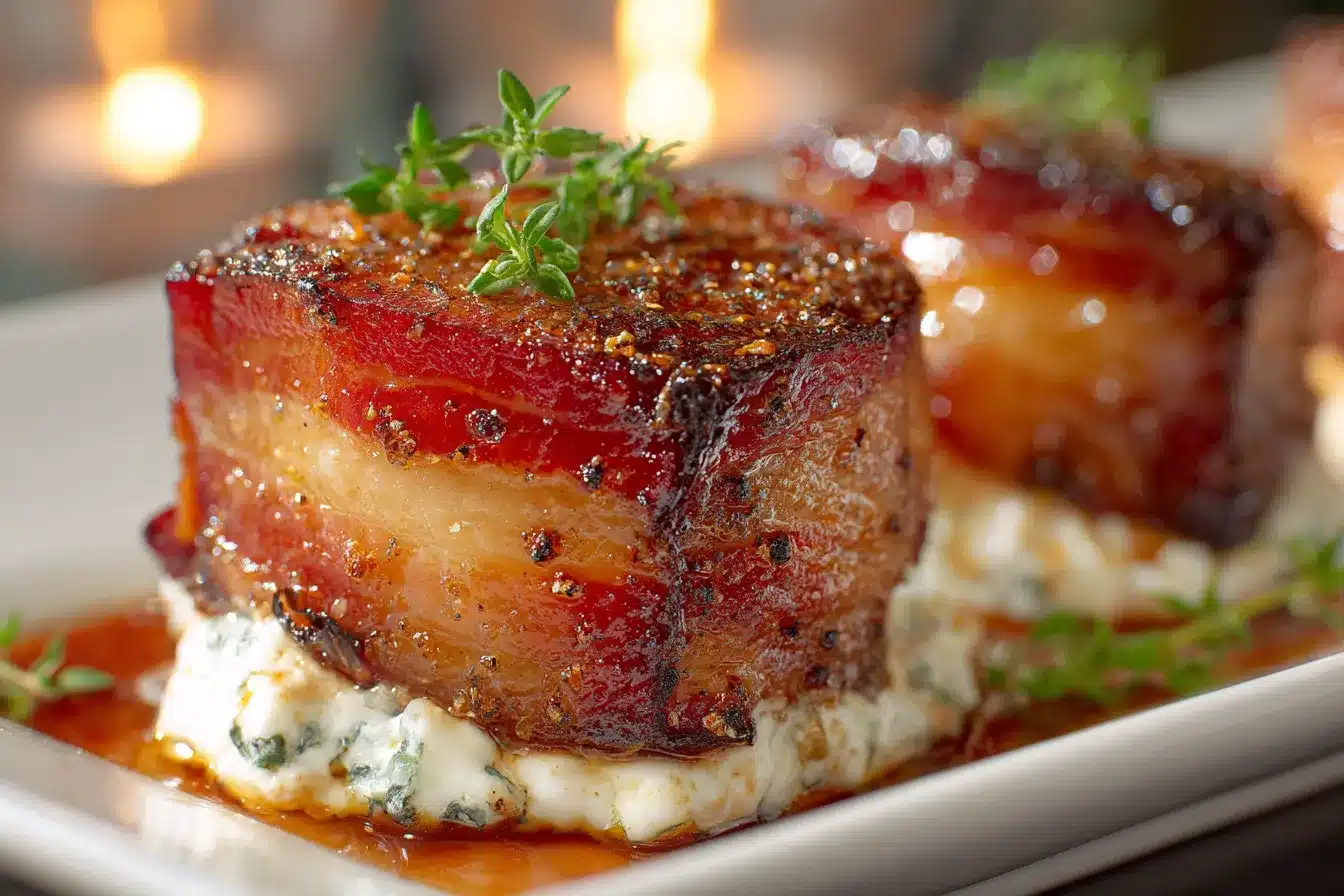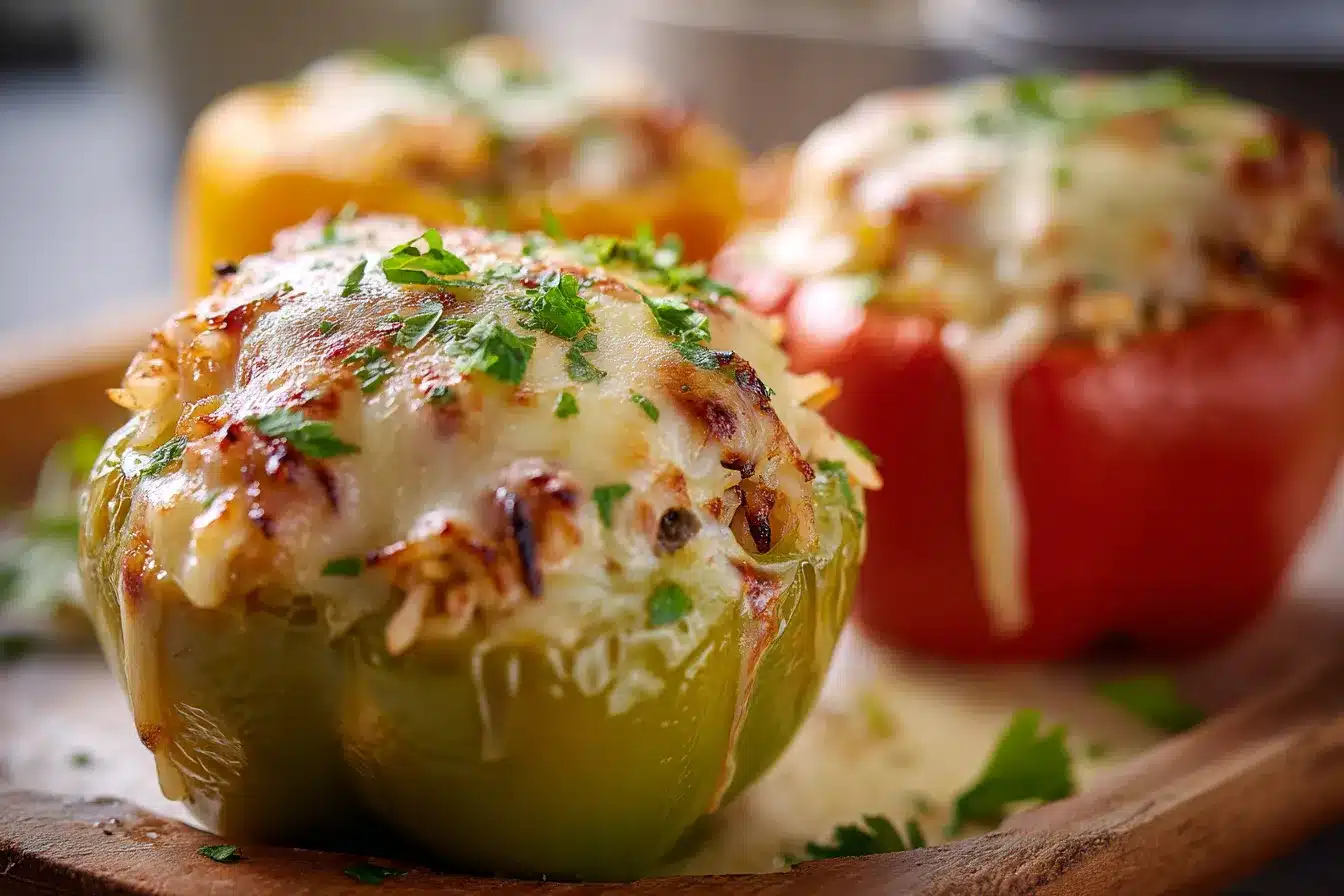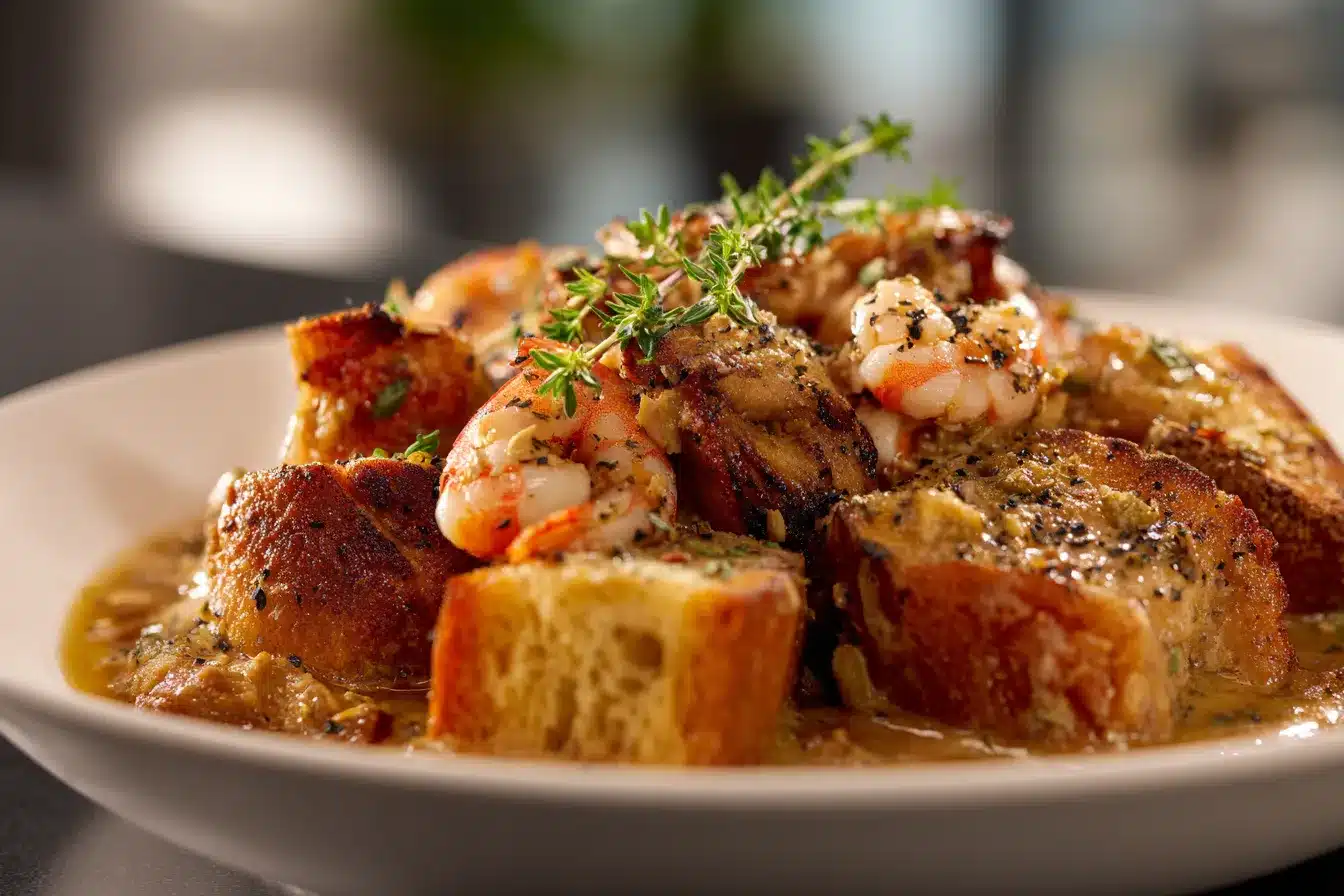FAQ for the Chow Chow Recipe
What is chow chow made of?
Chow chow is a type of pickled relish made from a combination of vegetables. The traditional ingredients often include green tomatoes, cabbage, onions, bell peppers (both green and red), and sometimes carrots, beans, or cauliflower. These vegetables are chopped, mixed together, and then pickled in a vinegar-based brine that’s seasoned with a variety of spices such as mustard seeds, celery seeds, turmeric, and sometimes sugar for sweetness. The exact mix of vegetables and spices can vary widely, making chow chow a versatile and customizable condiment.
What is Amish chow chow made of?
Amish chow chow is a version of this relish that typically features a wider variety of vegetables, reflecting the Amish tradition of using up end-of-harvest produce. In addition to the more common ingredients like cabbage, onions, and peppers, Amish chow chow may include lima beans, kidney beans, corn, peas, and green beans. The brine is similar to other chow chow recipes, with vinegar and spices, but Amish versions may lean more towards a sweeter taste or include unique spices specific to their culinary tradition. The inclusion of a broader range of vegetables not only utilizes the harvest more fully but also creates a richly textured and colorful relish.
What is chow chow mixture?
Chow chow mixture refers to the combination of chopped vegetables that are used to make chow chow relish. This mixture typically includes a base of crisp vegetables such as cabbage, green tomatoes, onions, and bell peppers. The specific selection of vegetables can vary based on regional preferences, seasonal availability, and personal taste. Once chopped, these vegetables are mixed together and then pickled in a vinegar-based brine that’s seasoned with spices. The mixture is left to marinate and pickle, developing its characteristic tangy and slightly sweet flavor profile.
How do you make old fashioned chow chow without cabbage?
Making old-fashioned chow chow without cabbage involves focusing on other traditional vegetables and adjusting the spice blend to complement the flavors. Here’s a simple recipe to make chow chow without cabbage:
Ingredients:
- 2 cups chopped green tomatoes
- 1 cup chopped onions
- 1 cup chopped green bell peppers
- 1 cup chopped red bell peppers
- 1 cup chopped carrots
- 2 cups apple cider vinegar
- 1 cup water
- 1 cup sugar (adjust to taste)
- 1 tablespoon mustard seeds
- 1 teaspoon celery seeds
- 1/2 teaspoon turmeric
- 1/2 teaspoon ground mustard
- Salt to taste
- Optional: 1 teaspoon red pepper flakes for heat
Instructions:
- Prepare the Vegetables: Wash and chop the green tomatoes, onions, bell peppers, and carrots into uniform pieces.
- Make the Brine: In a large pot, combine the apple cider vinegar, water, sugar, mustard seeds, celery seeds, turmeric, ground mustard, and salt. Bring to a boil, stirring until the sugar dissolves. If using, add the red pepper flakes.
- Cook the Vegetables: Add the chopped vegetables to the brine and return to a boil. Reduce heat and simmer for about 10 minutes, or until the vegetables are tender but still crisp.
- Bottle the Chow Chow: Carefully ladle the hot chow chow into sterilized jars, leaving about 1/2 inch of headspace. Wipe the rims clean, apply the lids and rings, and process in a boiling water bath for 10 minutes to seal.
- Cool and Store: Let the jars cool completely. Check the seals, then store in a cool, dark place for up to a year. Refrigerate after opening.
This version of chow chow without cabbage still captures the essence of the traditional relish, offering a tangy, sweet, and slightly spicy flavor that complements a wide range of dishes.
Conclusion
This chow chow recipe is more than just a side dish; it’s a celebration of flavors that can transform any meal into something extraordinary. With its easy-to-follow steps and versatile nature, it’s sure to become a staple in your culinary repertoire.
For more delicious recipes and culinary inspirations, explore TasteDiary.com, where you can find a variety of dishes from hearty soups to sizzling homemade delights. Whether you’re a seasoned chef or just starting out in the kitchen, there’s something for everyone.




